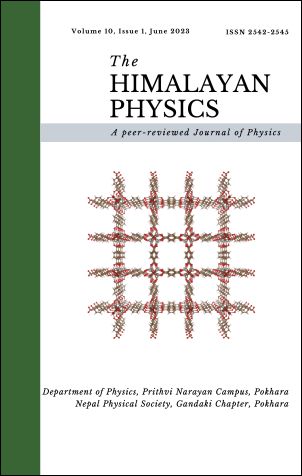Experimental design for tri-state logic
DOI:
https://doi.org/10.3126/hp.v10i1.55278Abstract
Tri-State Logic device effectively connects many devices into the same data line for data transfer. The Tri- State TTL inverter has three output states such as LOW, HIGH, and open or high-impedance (High-Z) states. The High-Z state either electrically isolates the devices from the data transmission line or connects them one at a time to the data transmission line. The measurement of the floating output (opened or disconnected) state is a challenging task. This issue can be resolved by introducing a potential divider into the output of the original Tri-State TTL inverter circuit and making it possible for a lab experiment
Downloads
Downloads
Published
How to Cite
Issue
Section
License
This license enables reusers to distribute, remix, adapt, and build upon the material in any medium or format for noncommercial purposes only, and only so long as attribution is given to the creator. If you remix, adapt, or build upon the material, you must license the modified material under identical terms.




